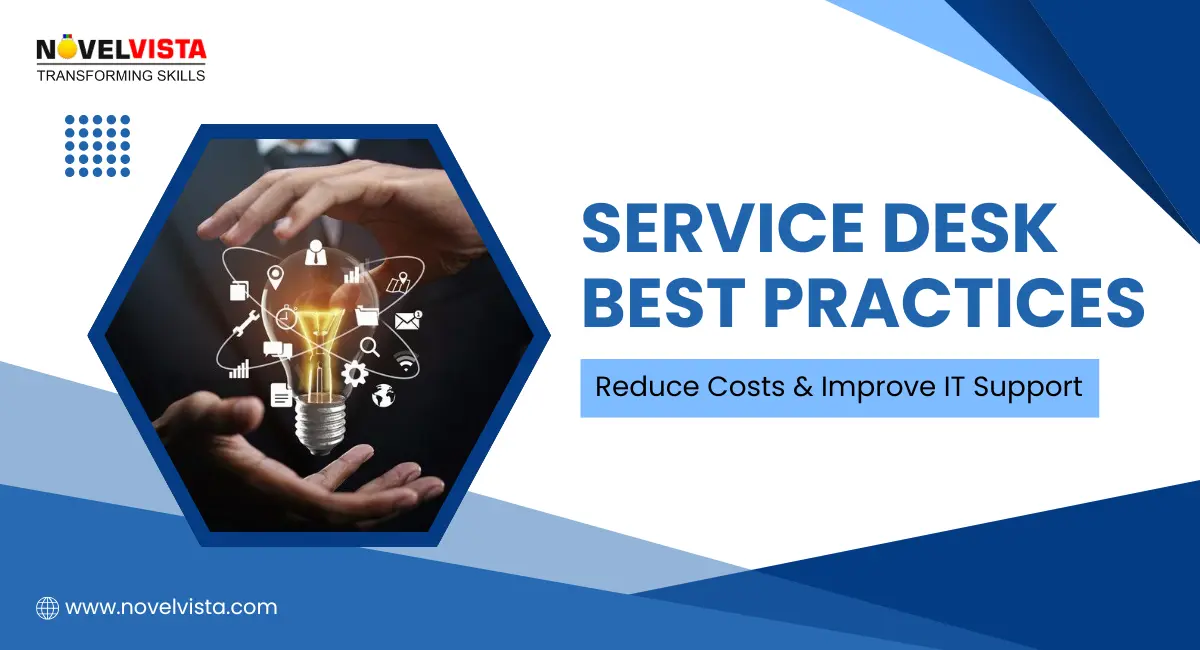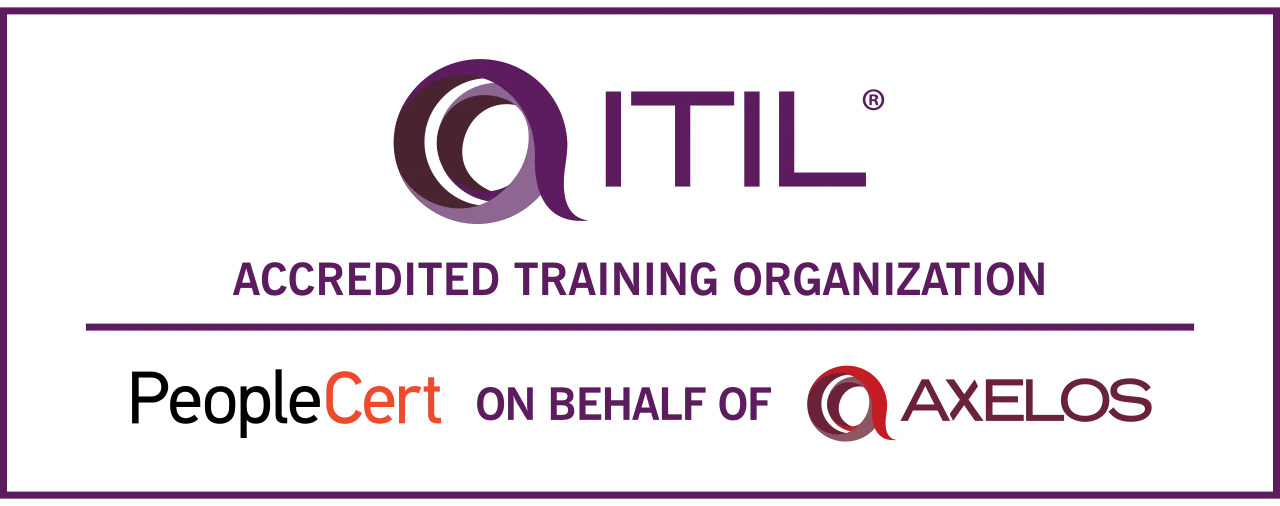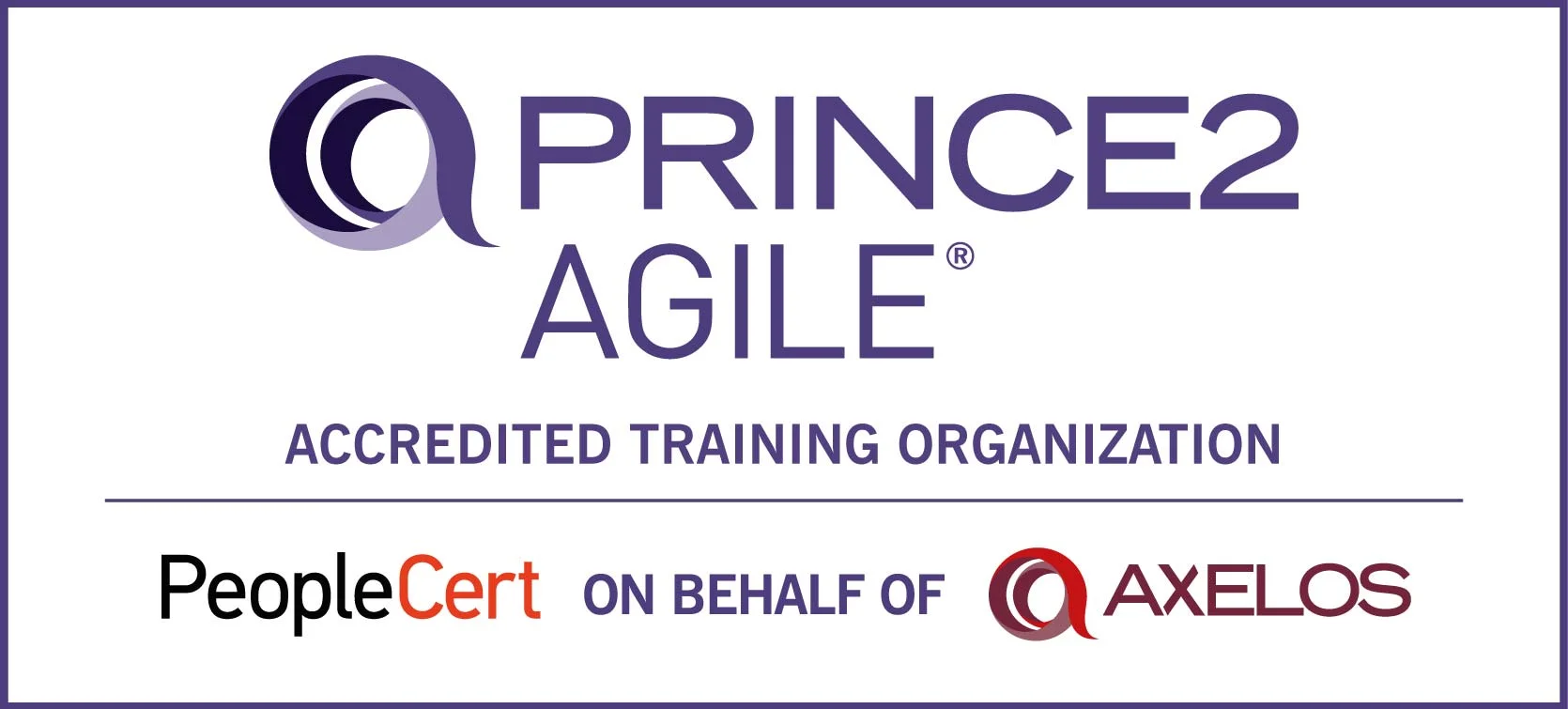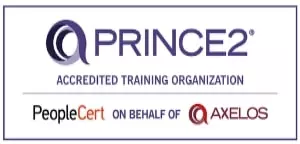When it comes to IT Service Management (ITSM), one thing is clear: ITIL roles play a crucial part in ensuring everything runs smoothly. Without clearly defined roles, teams can become disorganized, leading to inefficiencies and missed opportunities. ITIL roles aren’t just a formality; they are the backbone of an effective ITIL framework. Properly defining ITIL roles and responsibilities can ensure smoother ITIL processes, clearer communication, and better service delivery.
Let’s explore the importance of ITIL roles, what does ITIL mean? and how clearly defined responsibilities contribute to the success of ITIL adoption. If your organization is moving towards implementing or improving its ITIL framework, understanding ITIL 4 roles and responsibilities will be key to driving its success.
Understanding ITIL Roles
Many people confuse ITIL roles with job titles or functions, but the distinction is essential to understand. ITIL roles are specific positions that align with the core activities of ITIL and its framework. These roles come with well-defined responsibilities that directly contribute to the achievement of ITIL’s goals. Unlike generic job titles, ITIL roles and responsibilities are built to support the service lifecycle and enhance service delivery across different areas.
Moreover, ITIL 4 roles and responsibilities are practice-based, meaning each role is designed around a specific ITIL practice. This ensures that the roles directly support the overall goals of ITSM, making ITIL a living, breathing framework adaptable to various organizational needs.
Let’s break down how ITIL roles fit into the broader ITIL framework and how their purpose contributes to ITSM.
Key ITIL Roles and Their Responsibilities
ITIL roles and responsibilities can be broken down across the ITIL service lifecycle. These roles play different but interconnected parts, each with a specific function that drives ITSM forward. Let’s look at some of the key roles within each ITIL phase.
1. Service Strategy Roles
- Business Relationship Manager: Ensures that the service provider understands and meets the needs of the business by establishing strong communication between both.
- Demand Manager: Focuses on understanding business demand for services and balancing it with service capacity.
- Financial Manager for IT Services: Oversees financial management, ensuring that services are delivered cost-effectively.
2. Service Design Roles
- Service Level Manager: Manages service level agreements (SLAs) to ensure service expectations are met.
- Capacity Manager: Ensures that the service provider has the capacity to meet current and future business needs.
- Availability Manager: Focuses on ensuring that services are available when needed and that risks to availability are minimized.
- IT Service Continuity Manager: Ensures that the service provider can recover services after a disaster or disruption.
- Information Security Manager: Protects the organization’s information assets by overseeing security measures and policies.
- Supplier Manager: Manages relationships with suppliers and ensures that they meet their contractual obligations.
3. Service Transition Roles
- Change Manager: Manages changes to IT services, ensuring that disruptions are minimized.
- Release & Deployment Manager: Oversees the release and deployment of new or updated services to ensure they are successfully delivered.
- Service Asset & Configuration Manager: Manages IT assets and configuration items to ensure that the right resources are in place.
- Knowledge Manager: Ensures that valuable knowledge is captured, organized, and shared across the organization.
4. Service Operation Roles
- Incident Manager: Responsible for managing and resolving incidents, ensuring minimal disruption to services.
- Problem Manager: Focuses on identifying and resolving the root causes of recurring incidents.
- Access Manager: Manages user access rights and ensures that access control policies are followed.
- Service Desk (Function): Serves as the first point of contact for users, handling service requests and incidents.
- Technical Management, Application Management, IT Operations Management: Manage day-to-day operations, ensuring that all technical aspects of services run smoothly.
5. Continual Service Improvement (CSI) Roles
- CSI Manager: Oversees continual improvement initiatives, identifying areas for service enhancement and implementing improvements.
Each role within the ITIL 4 roles and responsibilities is interconnected and designed to work with other roles in the service lifecycle, ensuring a holistic approach to ITSM.
Download: ITIL Salary & Career Report (2025 Edition)
See what ITIL-certified pros earn at IBM, Accenture, Deloitte & TCS; and where the top jobs are now.
Common Challenges in ITIL Roles Implementation
Implementing ITIL roles and responsibilities can be challenging, especially when adapting the framework to an existing organization. Here are some common hurdles that organizations face:
- Overlapping Responsibilities: In some cases, roles may overlap, leading to confusion about who is responsible for what. Clear role definitions can help reduce this ambiguity.
- Lack of Role Clarity in Hybrid/DevOps Environments: As organizations adopt hybrid and DevOps practices, it can be tough to align traditional ITIL job roles with agile, cross-functional teams. The challenge is finding a balance between these roles and the more dynamic needs of modern IT operations.
- Resistance to Change: Some employees may resist adopting ITIL roles because of how well-established their existing roles and processes are. Overcoming resistance and fostering a culture of collaboration is key to successful implementation.
- Skills Gap and Training Needs: To be effective, staff need to be trained on their specific ITIL 4 roles and responsibilities. If there is a skills gap, training becomes essential to ensure the team is capable of fulfilling their roles efficiently.
The Future of ITSM
As technology evolves, so do the roles within ITSM. The integration of ITIL roles with new methodologies such as Agile, DevOps, and automation technologies is becoming increasingly important.
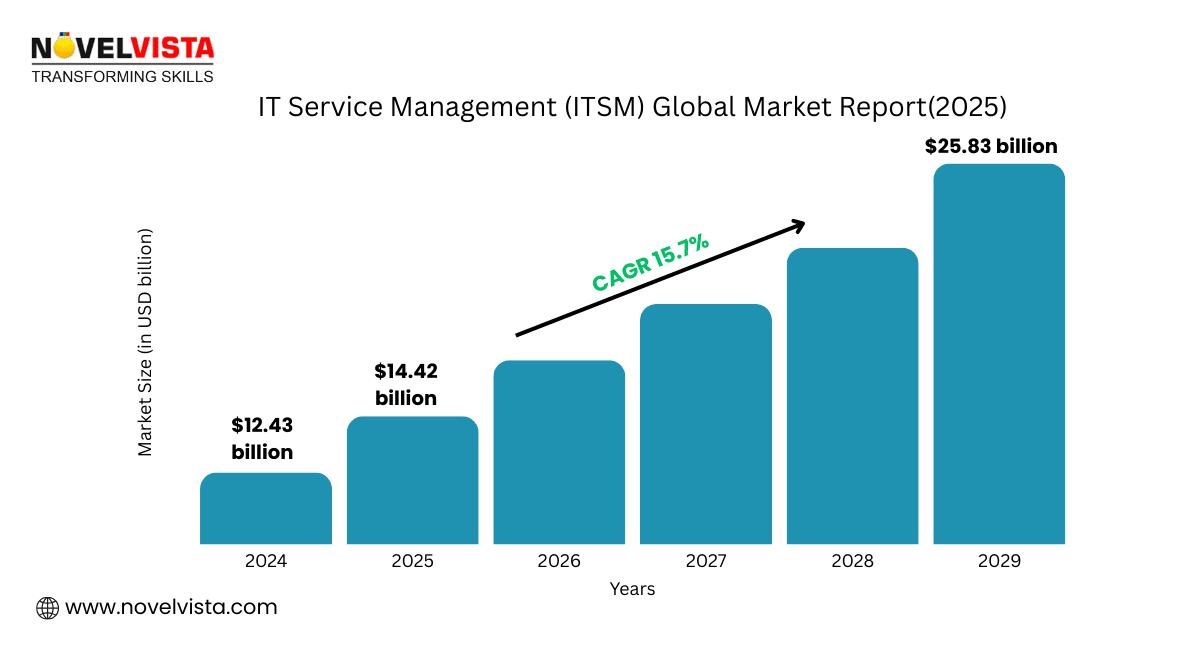
1. Evolving ITIL Roles in the Age of Automation and AI
AI and automation tools are transforming the ITSM landscape, and ITIL roles are evolving to include more automation-oriented tasks. Many traditional tasks are being automated, but roles such as Incident Manager and Change Manager still require human oversight, now paired with AI tools for better decision-making.
2. Integration of ITIL with Agile, DevOps, and Cloud Practices
In today’s fast-paced world, ITIL roles and responsibilities must align with Agile and DevOps methodologies to improve collaboration and speed up delivery. According to a report, nearly 99% of enterprises that have adopted ITIL into their IT operating model are seeing significant improvements in IT value and performance.. Cloud computing is also driving change in ITIL roles, with more focus on cloud-based services and virtualized environments.
3. Growing Importance of Cross-Functional Skills
Cross-functional skills are becoming more important, as ITSM professionals are increasingly required to work in diverse environments. The future of ITIL 4 roles and responsibilities will likely demand a combination of technical expertise and soft skills such as collaboration and communication.
Conclusion
Defining ITIL roles and responsibilities is essential for the success of ITSM implementation. These roles are not just about titles; they form the foundation of an efficient and effective ITIL framework. By ensuring that each role is clearly defined, businesses can achieve smoother service delivery, better alignment with business objectives, and overall ITIL success.
Next Step
Ready to refine ITIL roles and responsibilities in your organization? Start by understanding ITIL 4 career path, assessing your current ITSM practices, and identifying areas for improvement.
At NovelVista, our ITIL 4 Foundation Certification helps you gain the skills to implement ITIL roles effectively, aligning IT services with business goals. Explore our certification program to master ITIL roles and responsibilities and enhance your ITSM practices.
Frequently Asked Questions
Author Details

Mr.Vikas Sharma
Principal Consultant
I am an Accredited ITIL, ITIL 4, ITIL 4 DITS, ITIL® 4 Strategic Leader, Certified SAFe Practice Consultant , SIAM Professional, PRINCE2 AGILE, Six Sigma Black Belt Trainer with more than 20 years of Industry experience. Working as SIAM consultant managing end-to-end accountability for the performance and delivery of IT services to the users and coordinating delivery, integration, and interoperability across multiple services and suppliers. Trained more than 10000+ participants under various ITSM, Agile & Project Management frameworks like ITIL, SAFe, SIAM, VeriSM, and PRINCE2, Scrum, DevOps, Cloud, etc.
Course Related To This blog
ITIL4 Specialist Monitor Support and Fulfil Certification
ITIL® 4 Strategic Leader Digital And IT Strategy (DITS)
ITIL® 4 Specialist Drive Stakeholder Value
ITIL® 4 Specialist High Velocity IT
ITIL® 4 Strategist Direct, Plan & Improve
ITIL® 4 Specialist Create Deliver & Support
ITIL® 4 Foundation Certification
Confused About Certification?
Get Free Consultation Call



